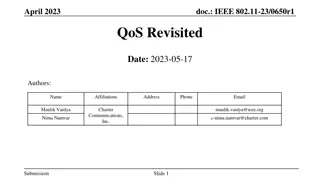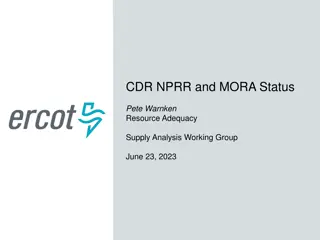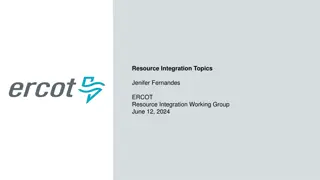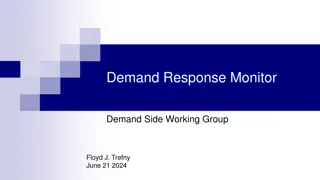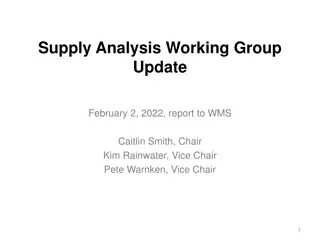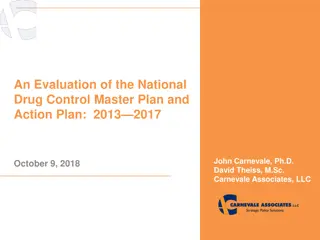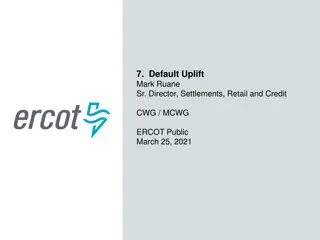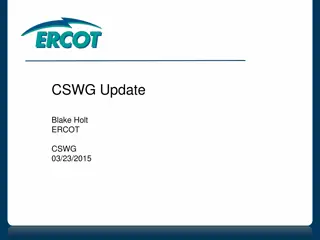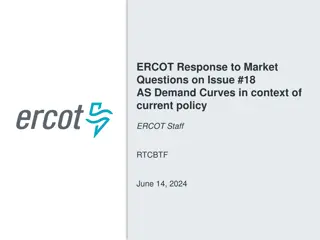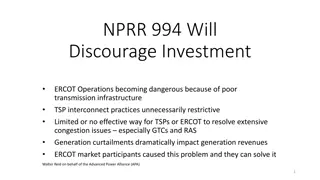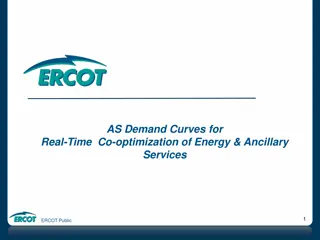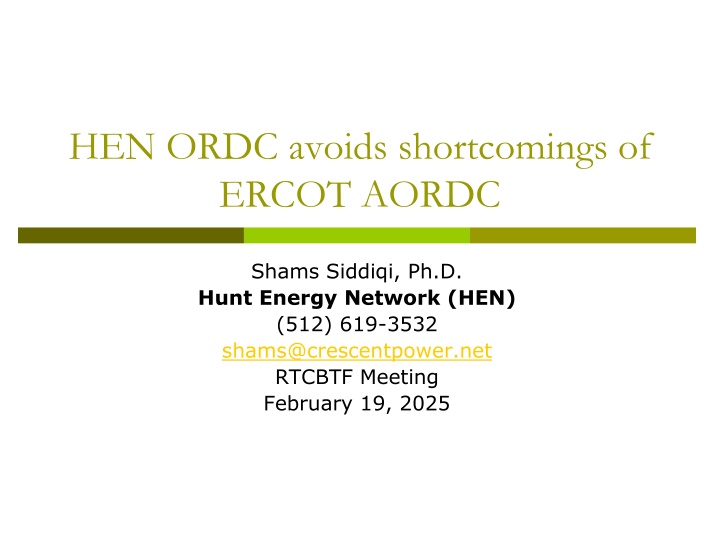
Avoiding Shortcomings of ERCOT AORDC in Energy Network
"Discover how Hunt Energy Network avoids the limitations of ERCOT AORDC by using unaltered ORDC values instead of Adder-fitted AORDC. Learn about the implications for stakeholders and the accuracy of AS opportunity costs under the RTC framework."
Download Presentation

Please find below an Image/Link to download the presentation.
The content on the website is provided AS IS for your information and personal use only. It may not be sold, licensed, or shared on other websites without obtaining consent from the author. If you encounter any issues during the download, it is possible that the publisher has removed the file from their server.
You are allowed to download the files provided on this website for personal or commercial use, subject to the condition that they are used lawfully. All files are the property of their respective owners.
The content on the website is provided AS IS for your information and personal use only. It may not be sold, licensed, or shared on other websites without obtaining consent from the author.
E N D
Presentation Transcript
HEN ORDC avoids shortcomings of ERCOT AORDC Shams Siddiqi, Ph.D. Hunt Energy Network (HEN) (512) 619-3532 shams@crescentpower.net RTCBTF Meeting February 19, 2025
ORDC v ORDC Adder: Huge Difference By definition: ORDC=(? ?????(??????? ?, mu, sigma)) ???? ORDC Adder=(?.? (? ?????(??????? ?, ?.? mu, ?.??? sigma)) +?.? (? ?????(???????+???????? ?, mu, sigma))) (???? ????????????) With RTOFFCAP=0 and System Lambda=0, one would expect the two to converge but, in reality, ORDC>>ORDC Adder [this is a shortcoming of ORDC Adder formulation] E.g., for mu=925 and sigma=1213 at RTOLCAP=6,400MW: ORDC=$103/MW and ORDC Adder=$50/MW ERCOT AORDC is a curve fit to these suppressed ORDC Adders [and not to the ORDC values which would result in recreating the ORDC] resulting in AORDC at 6,400MW=$60/MW [<ORDC=$103/MW] If ERCOT s AORDC were used to set the Adder for the exact same historical situation, new ORDC Adder=$29/MW [<$50/MW and <<$103/MW] The stakeholder intent when adopting the RTC Protocols was to create an AORDC that would result in similar historical outcomes unaltered ORDC does exactly that whereas ERCOT AORDC significantly suppresses historical ORDC Adders and RTC ASDCs derived from that AORDC. 2
RTC Example: HEN v ERCOT AORDC For MCL=3000, mu=925, sigma=1213, ORDC=$103/MW at Operating Reserve=6,400MW - by definition the value of Operating Reserve and thus a point on the cumulative ASDCs at total 6,400MW of Operating Reserve If a marginal Resource offers Energy at $150/MWh, AS [i.e., Operating Reserve] at $0/MW, and $103/MW is the value of the AS [based on 6,400MW of total AS awarded] and the next Resource offer for Energy is $300/MWh and AS is $200/MW, then, under RTC: SCED AS MCPC=$103/MW and Energy LMP=$253/MWh [reflecting $103/MW AS opportunity cost] This is exactly the expected outcome and HEN AORDC provides this under RTC If ERCOT AORDC is used, then, under RTC: SCED AS MCPC=$60/MW and Energy LMP=$210/MWh [reflecting $60/MW AS opportunity cost] Thus, ERCOT AORDC would NOT provide the expected outcome under RTC This approximately reflects poor man s inaccurate estimate of AS opportunity cost [i.e., Adder pre-RTC] but not the ASDC itself 4
Summary of HEN Changes HEN s changes to use unaltered ORDC as the AORDC is a correction to make Protocols consistent with stakeholder intent it is not a policy change. Using unaltered ORDC [by definition the Demand Curve for Operating Reserves] to create ASDCs instead of the ERCOT-estimated [but not defined in Protocols] AORDC based on regression of Adders avoids unintended additional price suppression with RTC implementation. ORDC Adders should not and were never used to procure Ancillary Services and are always lower than ORDC values due to their flawed formulation. It s unclear from the Protocol language what AORDC should be fit using historical simulated data. ERCOT has chosen to fit AORDC=(VOLL-250)*(1- CDF(RTOLCAP+RTOFFCAP, mu, sigma)). This implies that the AORDC can never reach VOLL, reduces the VOLL by $250/MW/hour for the entire curve thereby undervaluing all points on the AORDC, and is further undervaluing AS capacity since AS capacity is typically much less than (RTOLCAP+RTOFFCAP) HEN proposal avoids these issues & debates. Also, there is no need to post mu and sigma values once RTC is implemented and ORDC-related OBD is no longer needed. Thus MCL, mu and sigma values should be specified is this section of the Protocols. 5


